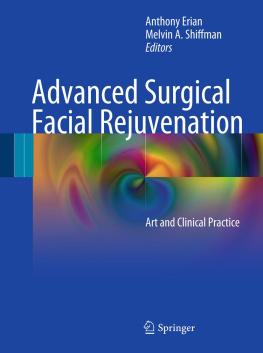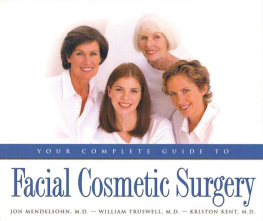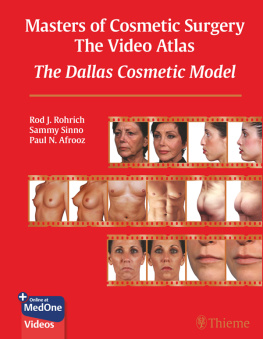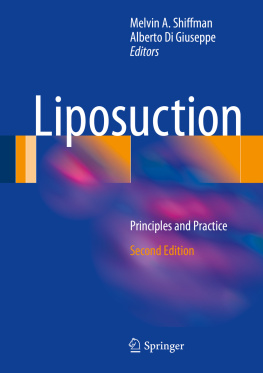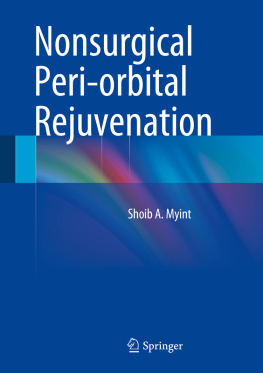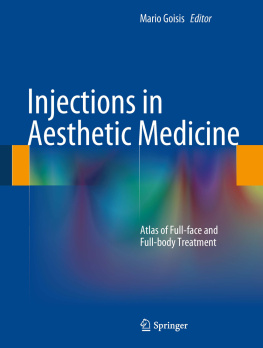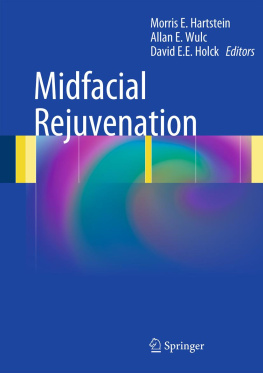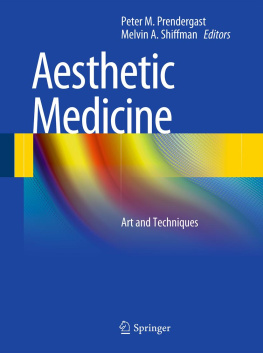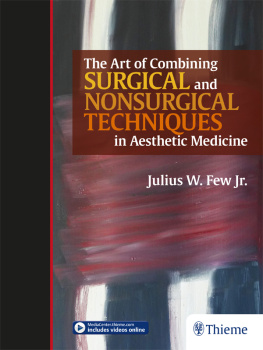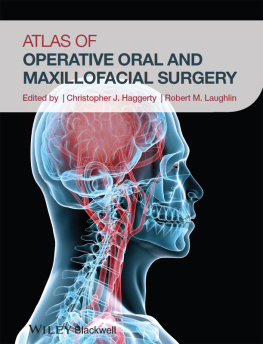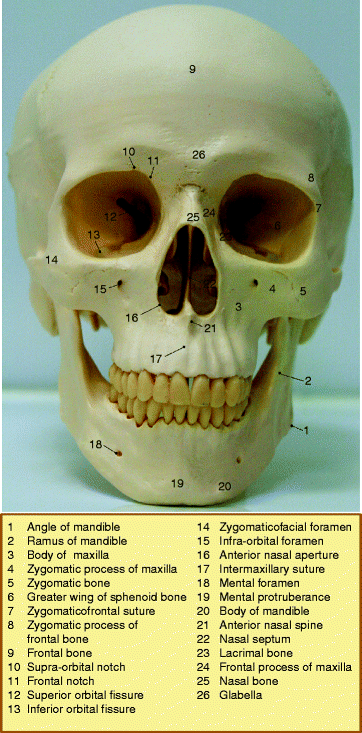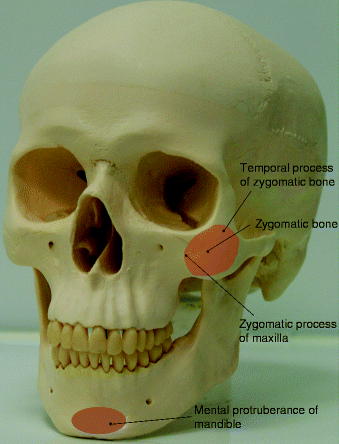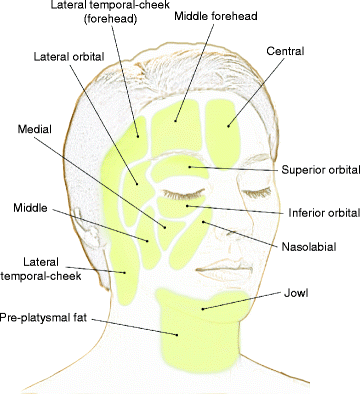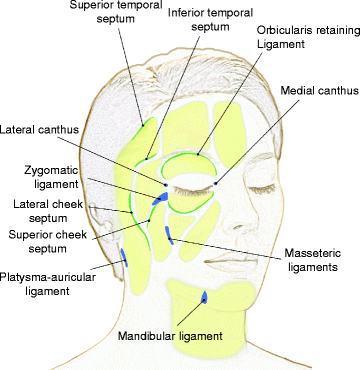Part 1
ANATOMY
Anthony Erian and Melvin A. Shiffman (eds.) Advanced Surgical Facial Rejuvenation Art and Clinical Practice 10.1007/978-3-642-17838-2_1 Springer-Verlag Berlin Heidelberg 2012
1. Facial Anatomy
Peter M. Prendergast 1
(1)
Venus Medical, Heritage House, Dundrum Office Park, Dundrum, Dublin 14, Ireland
Peter M. Prendergast
Email:
Abstract
Safe and effective surgical facial rejuvenation relies on a clear knowledge and understanding of facial anatomy. The anatomical areas discussed include the facial skeleton, facial nerve, sensory nerves, arteries of the face, superficial fat compartments, superficial musculoaponeurotic system (SMAS), retaining ligaments, mimetic muscles, and the deep plane including the deep fat compartments.
1.1 Introduction
Safe and effective surgical facial rejuvenation relies on a clear knowledge and understanding of facial anatomy. Techniques evolve and improve as the complex, layered architecture and soft tissue compartments of the face are discovered and delineated through imaging, staining techniques, and dissections both intraoperatively and in the research laboratory on cadavers []. To create a more youthful, natural-looking form, the surgeon endeavors to reverse some of the changes that occur due to aging. These include volumetric changes in soft tissue compartments, gravitational changes, and the attenuation of ligaments. Whether the plan of rejuvenation includes rhytidectomy, blepharoplasty, autologous fat transfer, implants, or endoscopic techniques, a sound knowledge of facial anatomy will increase the likelihood of success and reduce the incidence of undesirable results or complications.
This chapter describes the anatomy of the face in layers or planes, with some important structures or regions described separately, including the facial nerve, sensory nerves, and facial arteries. The facial skeleton forms the hard tissue of the face and provides important structural support and projection for the overlying soft tissues, as well as transmitting nerves through foramina and providing attachments for several mimetic muscles and muscles of mastication. Following a description of the hard tissue foundation, the soft tissues will be described, from superficial to deep, in the following order:
Superficial fat compartments
Superficial musculoaponeurotic system (SMAS)
Retaining ligaments
Mimetic muscles
Deep plane including the deep fat compartments
1.2 Facial Skeleton
Facial appearance is to a large extent determined by the convexities and concavities of the underlying facial bones (Fig. ). The facial skeleton consists of the frontal bone superiorly, the bones of the midface, and the mandible inferiorly. The midface is bounded superiorly by the zygomaticofrontal suture lines, inferiorly by the maxillary teeth, and posteriorly by the sphenoethmoid junction and the pterygoid plates. The bones of the midface include the maxillae, the zygomatic bones, palatine bones, nasal bones, the zygomatic processes of the temporal bones, the lacrimal bones, the ethmoid bones, and the turbinates. The facial skeleton contains four apertures: the two orbital apertures, the nasal aperture, and the oral aperture. The supraorbital foramen (or notch) and the frontal notch are found at the superior border of each orbit and transmit the supraorbital and supratrochlear nerves, respectively. The maxillary bones contribute to the nasal aperture, bridge of the nose, maxillary teeth, floor of the orbits, and cheekbones. The infraorbital foramen lies in the maxilla below the inferior orbital rim and transmits the infraorbital nerve. The zygomaticofacial foramen transmits the zygomaticofacial nerve inferolateral to the junction of the inferior and lateral orbital rim.
Fig. 1.1
The facial skeleton
Fig. 1.2
Convexities of the facial skeleton
The mandible forms the lower part of the face. In the midline, the mental protuberance gives anterior projection to the overlying soft tissues. Laterally, the ramus of the mandible underlies the masseter muscle and continues superiorly to articulate with the cranium through the coronoid process and condylar process of the mandible. The mental nerve emerges from the mental foramen on the body of the mandible in line vertically with the infraorbital and supraorbital nerves.
As well as providing structural support, projection, and protection of sensory organs such as the eyes, the facial skeleton provides areas of attachment for the muscles of facial expression and the muscles of mastication (Fig. ).
Fig. 1.3
Areas of muscle attachments to the facial skeleton
1.3 Superficial Fat Compartments
The pioneering work of Rohrich []. The lateral temporal-cheek fat pads span the entire face from the forehead to the cervical area. Its anterior boundary, the lateral cheek septum, is encountered during facelift procedures with medial dissection from the preauricular incision. In the forehead, its upper and lower boundaries are identifiable as the superior and inferior temporal septa. Medial to the lateral temporal-cheek fat compartment in the forehead, the middle forehead fat pad is bounded inferiorly by the orbicularis retaining ligament and medially by the central forehead fat compartment. Above and below the eyes, the superior and inferior orbital fat compartments lie within the perimeter of the orbicularis retaining ligament. These periorbital fat pads are separated from one another medially and laterally by the medial and lateral canthi, respectively. The lateral orbital fat compartment is the third orbital fat pad and is bounded superiorly by the inferior temporal septum and inferiorly by the superior cheek septum. The zygomaticus major muscle attaches, through fibrous septae, to overlying superficial fat compartments along its length. In the lower third of the face, the jowl fat compartment adheres to the depressor anguli oris muscle and is bounded medially by the depressor labii and inferiorly by bands of the platysma muscle. Premental and preplatysmal fat abut the jowl fat compartment.
Fig. 1.4
The superficial fat compartments of the face
Fig. 1.5
Ligaments and septae between fat compartments of the face
The compartmentalized anatomy of the superficial subcutaneous fat of the face has implications in the aging process. Volume loss appears to occur at different rates in different compartments, leading to irregularities in facial contour and loss of the seamless, smooth transitions between the convexities and concavities of the face associated with youthfulness and beauty.
1.4 Superficial Musculoaponeurotic System (SMAS)

